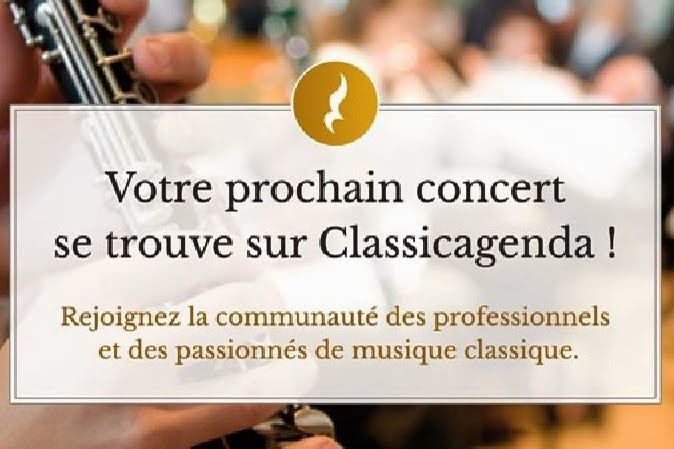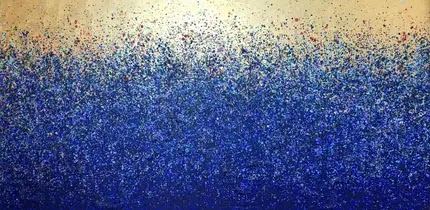Alfred Boucher was a successful French sculptor (1850-1934). He was Camille Claudel’s (see
previous post) first teacher and a good friend of Auguste Rodin and was the one who brought them together. He was a generous person and offered a place for less fortunate artists to work and live. The place is called
“La Ruche” (“The Beehive”) and the major, round, building was originally a temporary installation created by Gustave Eiffel as a “wine rotunda” for the Universal Exhibition 1900. It was dismantled and re-erceted at Passage de Dantzig (see Google map below) in 1902. The wooden stairs in the middle of the central building under the lantern are quite impressive (photo below)!
Artists – painters, sculptors, writers... - who lodged here were supposed to pay a very low rent – often they never paid at all. Among the occupants you would find Guillaume Appolinaire, Ossip Zadkine, Marc Chagall, Fernand Léger, Max Jacob, Chaim Soutine, Blaise Cendrars, Robert Delaunay, Amadeo Modigliani, Constantin Brancusi, Diego Rivera... For a while there was even a small theatre where the later Fench top actor Louis Jouvet played.

From “La Ruche”, the lodgers could rather easily walk to Marie Vasieleff’s canteen at the “Chemin de Montparnasse” (on which I also recently
posted) for an almost free meal. They were then also close to Boulevard Raspail and Rue Campagne Première with other artist studios ... and bistros (on which I also recently
posted) and also to Boulevard Montparnasse with legendary restaurants like “La Coupole”, “Le Dôme”...
“La Ruche” declined during the 40’s and 50’s, should have been replaced by modern apartment buildings, but was saved thanks to the intervention of Chagall, Sartre, Calder, Renoir, Malraux and some others and since 1971 it’s again open for artists, today with some 50 “guests”. It’s now a foundation.
It’s however not open for visitors, but thanks to a kind artist who arrived at the same time as I in front of the gate, I managed to get inside and also to have a walk in the surrounding garden. (I can imagine the nice parties that must have taken place here.) The place is just under renovation again (needed). The weather was once more very cloudy, but I did my best to get a few pictures.


 I wish you a nice weekend!
I wish you a nice weekend!  If you are visiting the Père Lachaise Cemetery (see previous post), and have some extra time, there are a few things to be seen just south of the cemetery. There are actually some stairs and a small gate leading directly to one of the smallest parks in Paris, “Le Jardin Naturel” (The Natural Garden). As the name indicates it’s natural and wild, nothing is cut, nothing is watered. It’s also very calm - very few visitors (the address is 120, rue de la Réunion).
If you are visiting the Père Lachaise Cemetery (see previous post), and have some extra time, there are a few things to be seen just south of the cemetery. There are actually some stairs and a small gate leading directly to one of the smallest parks in Paris, “Le Jardin Naturel” (The Natural Garden). As the name indicates it’s natural and wild, nothing is cut, nothing is watered. It’s also very calm - very few visitors (the address is 120, rue de la Réunion). 
 Within a minute’s walk from the park, you can find some small streets with old workshops and some living facilities. Most of similar workshops elsewhere have been or are on their way to be transformed to expensive lofts, but not here. You imagine yourself in a different century, or at least in a different decade. The small streets you could visit are called Villa Riberolle, Cité Aubry, Rue Ligner, Rue de Lesseps... The access may partly be difficult during the weekend; some gates may be closed.
Within a minute’s walk from the park, you can find some small streets with old workshops and some living facilities. Most of similar workshops elsewhere have been or are on their way to be transformed to expensive lofts, but not here. You imagine yourself in a different century, or at least in a different decade. The small streets you could visit are called Villa Riberolle, Cité Aubry, Rue Ligner, Rue de Lesseps... The access may partly be difficult during the weekend; some gates may be closed. 

 One of the old workshops has however been transformed – for an artist association called “Goumen Bis”. The walls have some very elaborate graffiti.
One of the old workshops has however been transformed – for an artist association called “Goumen Bis”. The walls have some very elaborate graffiti.  I will be off, travelling, for about a week. I will probably not blog before Friday next week. Take care and keep blogging!
I will be off, travelling, for about a week. I will probably not blog before Friday next week. Take care and keep blogging!

 This area has been completely reconstructed since the 70’. The area goes under the name
This area has been completely reconstructed since the 70’. The area goes under the name 
















 Among the tombs you can find those of painters like Edouard Manet, Berthe Morisot; composers like Claude Debussy, Gabriel Faure; writers like Tristan Bernard, Jean Giraudoux, Maurice Genevoix, Lucie Faure, Octave Mirbeau; fashion designers like Jean Patou; statesmen like Georges Mandel, Edgar Faure; industrialists like Marcel Renault, Francis Bouygues, Marcel Dassault; actors like Fernandel (“Don Camillo”), Pearl White... Other tombs are those of Leila Pahlavi (daughter of the last shah of Iran – see all the flowers), Emmanuel de las Cases (“secretary” to Napoleon at St. Helena) and Bao Dai (last emperor of Vietnam).
Among the tombs you can find those of painters like Edouard Manet, Berthe Morisot; composers like Claude Debussy, Gabriel Faure; writers like Tristan Bernard, Jean Giraudoux, Maurice Genevoix, Lucie Faure, Octave Mirbeau; fashion designers like Jean Patou; statesmen like Georges Mandel, Edgar Faure; industrialists like Marcel Renault, Francis Bouygues, Marcel Dassault; actors like Fernandel (“Don Camillo”), Pearl White... Other tombs are those of Leila Pahlavi (daughter of the last shah of Iran – see all the flowers), Emmanuel de las Cases (“secretary” to Napoleon at St. Helena) and Bao Dai (last emperor of Vietnam).




 So instead I thought I should show you another art exhibition - where I was allowed to take photos.
So instead I thought I should show you another art exhibition - where I was allowed to take photos. After the “concert”, we were invited to see what kind of art she and her friends had produced during the school year, which soon is finished. I was amazed by the quality also of this exhibition!
After the “concert”, we were invited to see what kind of art she and her friends had produced during the school year, which soon is finished. I was amazed by the quality also of this exhibition! 






 The alley, which now goes under the name “
The alley, which now goes under the name “ One of the bigger studios was taken over by a Russian female artist, Marie Vasieleff, who, in need of some cash, later opened a canteen. In the years before and during WW I the canteen got very popular among still poor, starving and thirsty artists who spent a lot of time here, also partly working. Despite the war curfew, the place, which was considered as a private club, was open late in the night ... and crowded. Among her (not much) paying guests you could find Chagall, Picasso, Leger, Modigliani (involved again in a famous “dispute” here), Zadkine, Soutine, Matisse...
One of the bigger studios was taken over by a Russian female artist, Marie Vasieleff, who, in need of some cash, later opened a canteen. In the years before and during WW I the canteen got very popular among still poor, starving and thirsty artists who spent a lot of time here, also partly working. Despite the war curfew, the place, which was considered as a private club, was open late in the night ... and crowded. Among her (not much) paying guests you could find Chagall, Picasso, Leger, Modigliani (involved again in a famous “dispute” here), Zadkine, Soutine, Matisse... Now you can thus still here find studios, today used by some artists and architects, and there is also what is called the “Musée de Montparnasse”, which is what used to be Marie Vasieleff’s studio / canteen. It’s today used for art exhibitions – and unfortunately completely remade.
Now you can thus still here find studios, today used by some artists and architects, and there is also what is called the “Musée de Montparnasse”, which is what used to be Marie Vasieleff’s studio / canteen. It’s today used for art exhibitions – and unfortunately completely remade. 
























